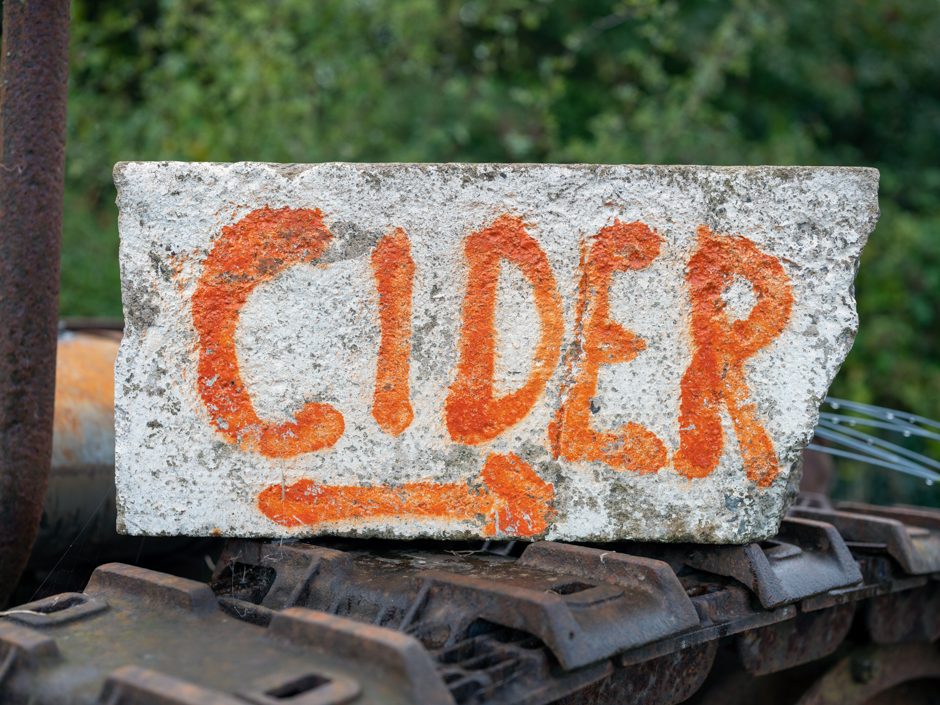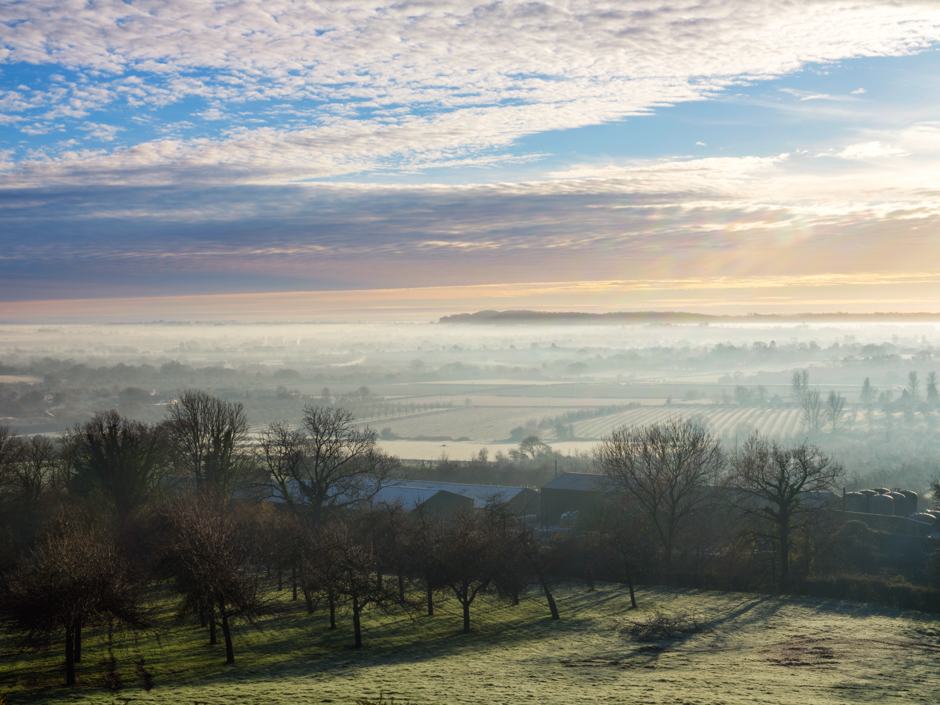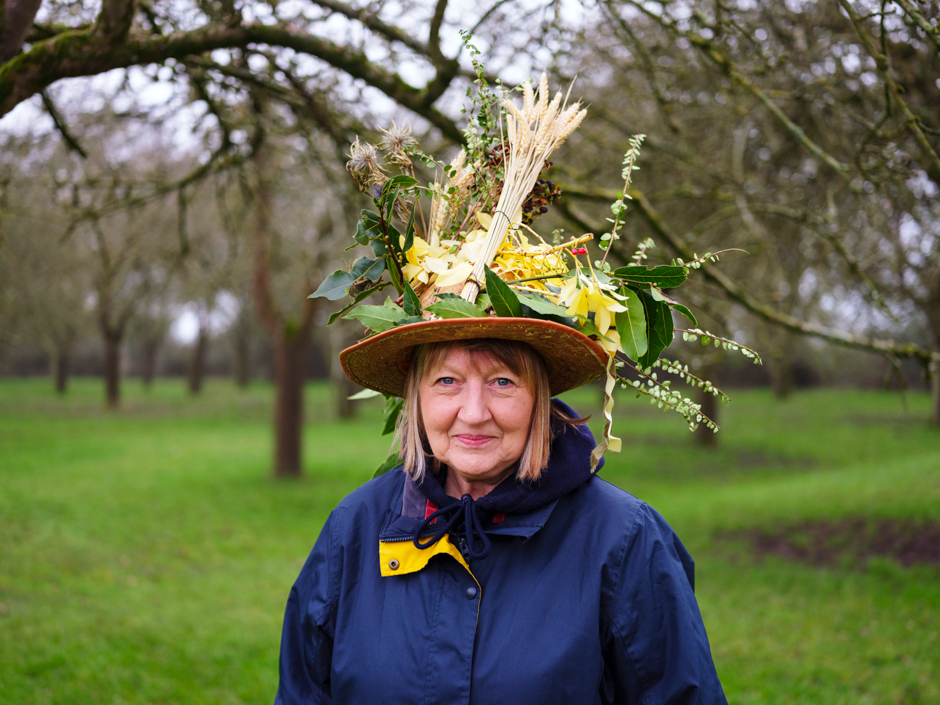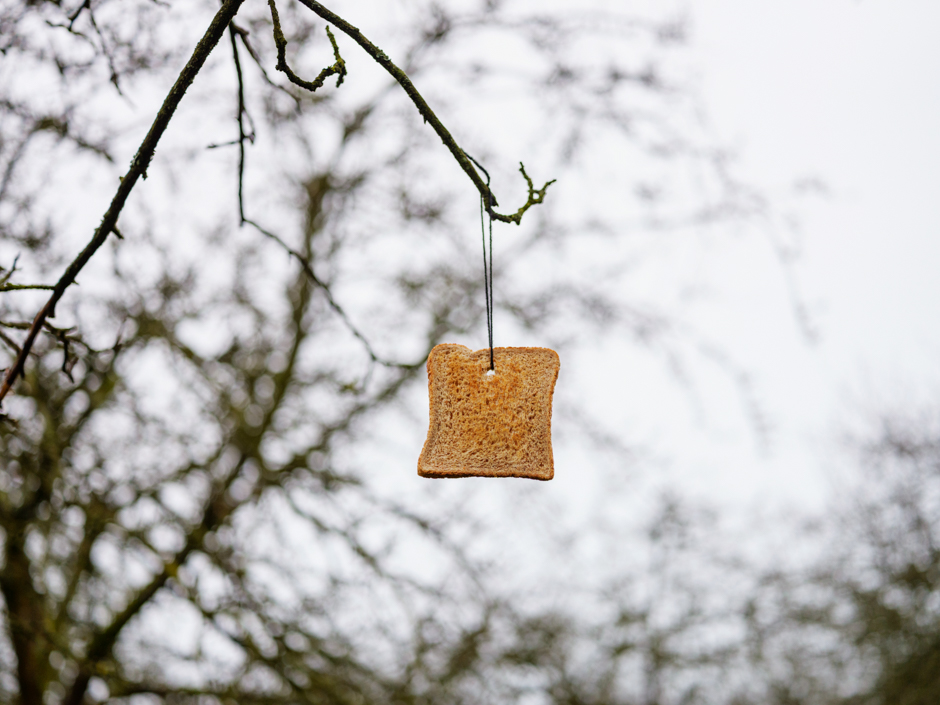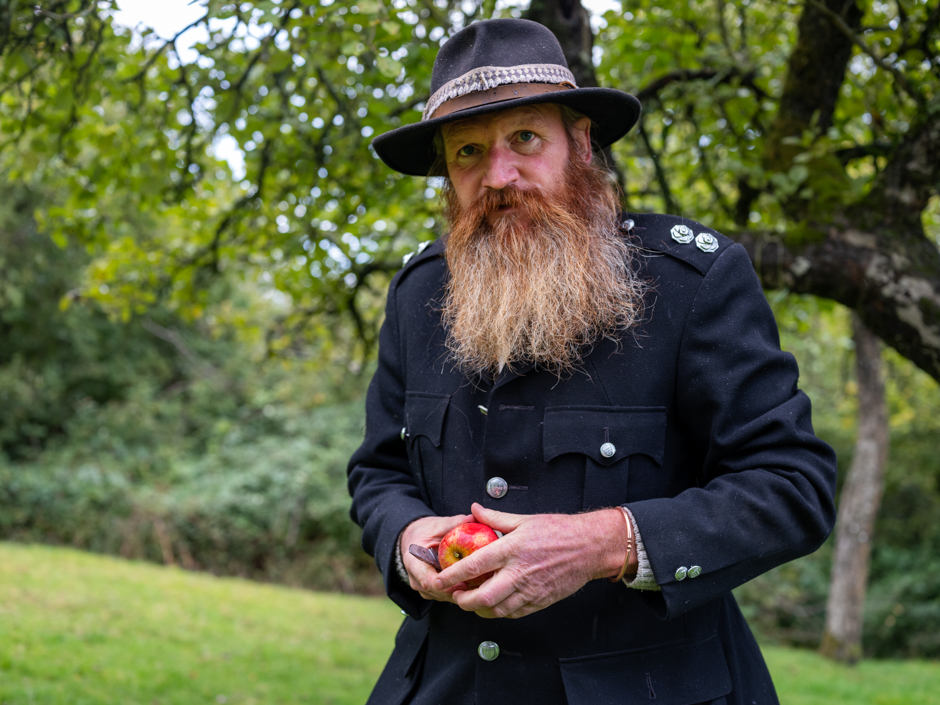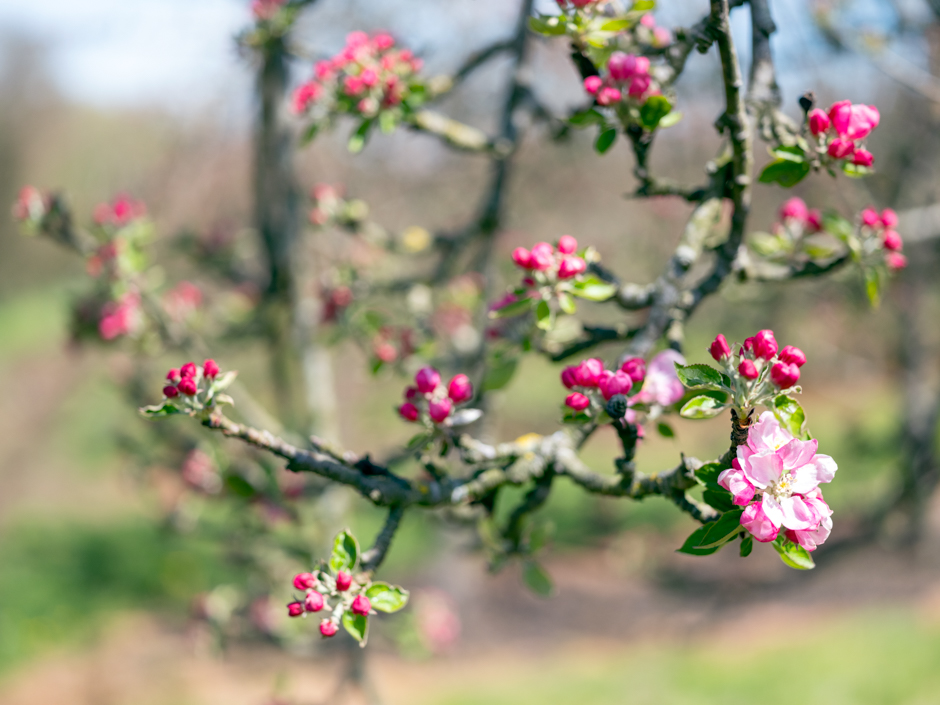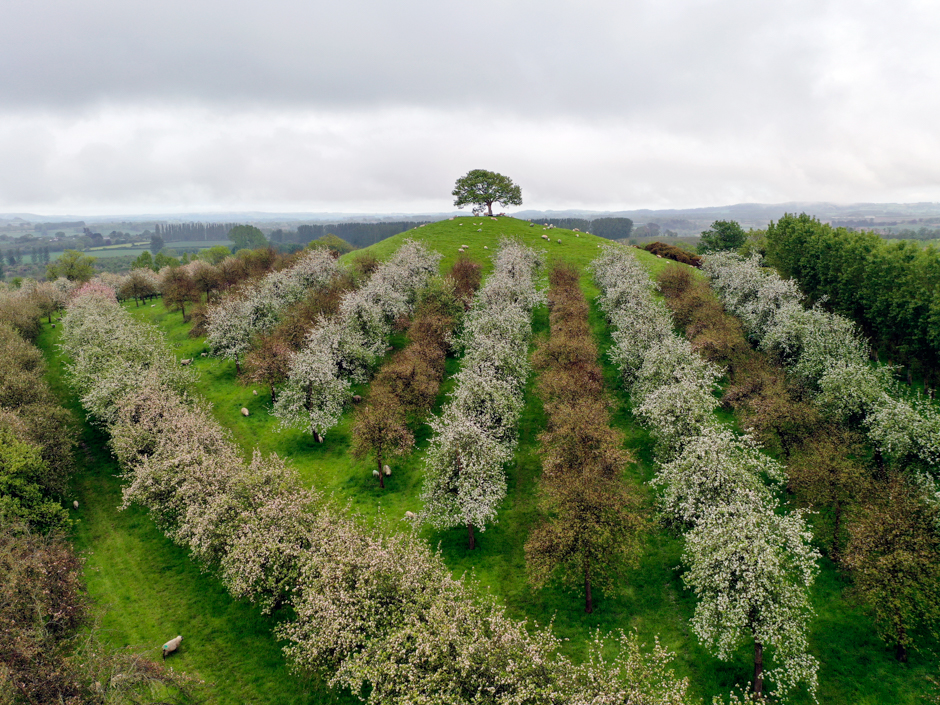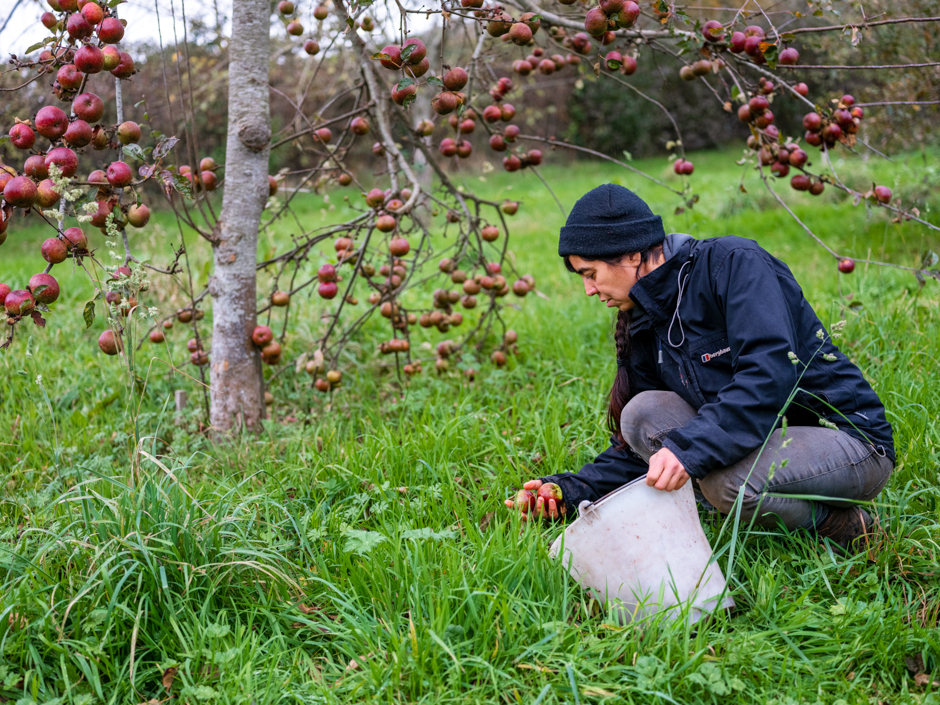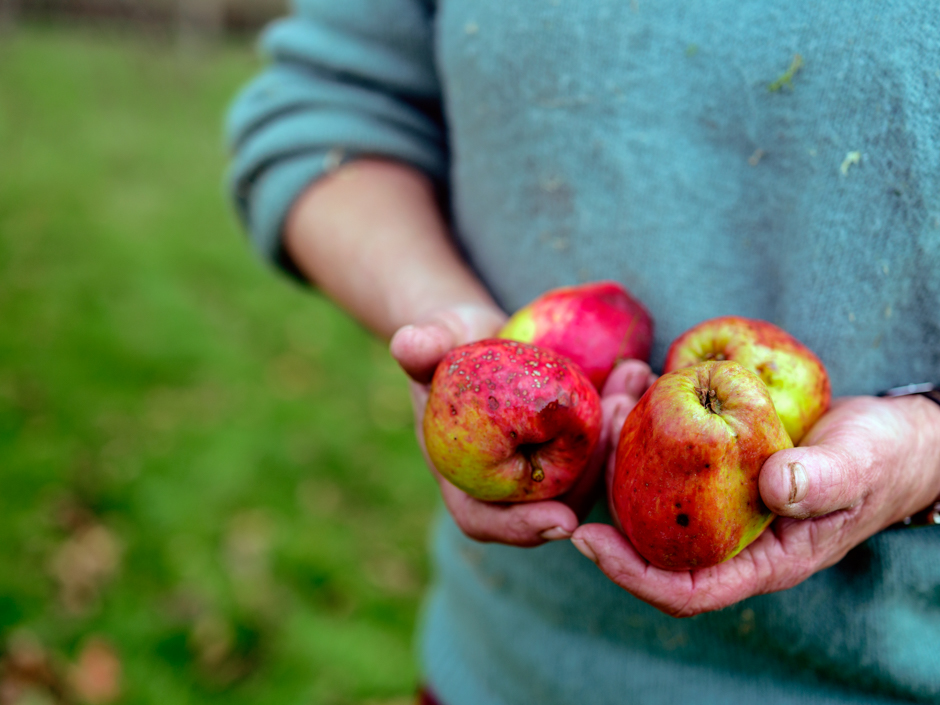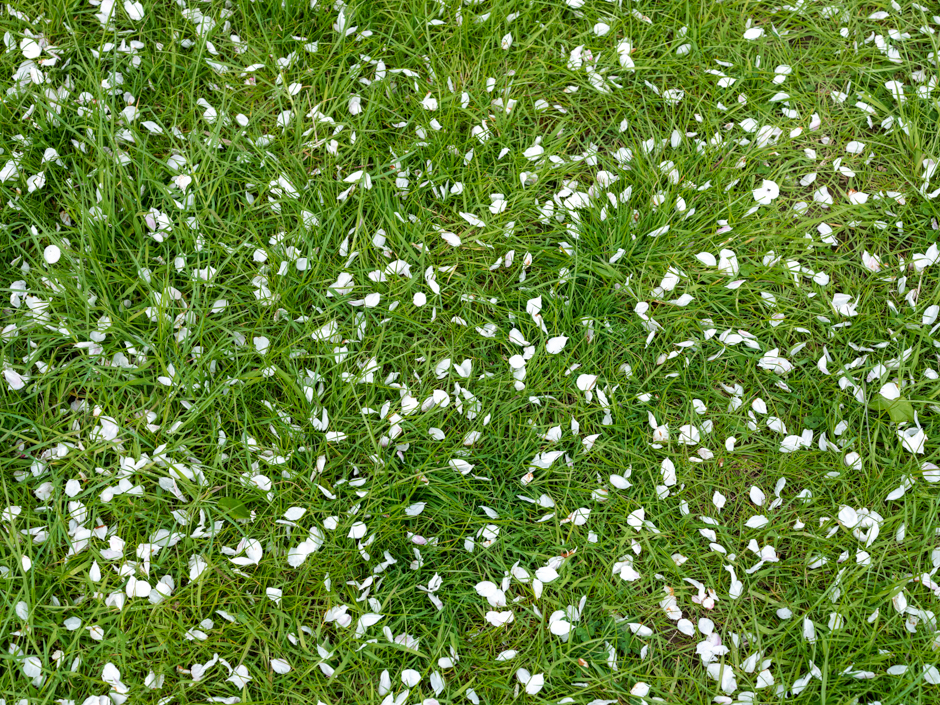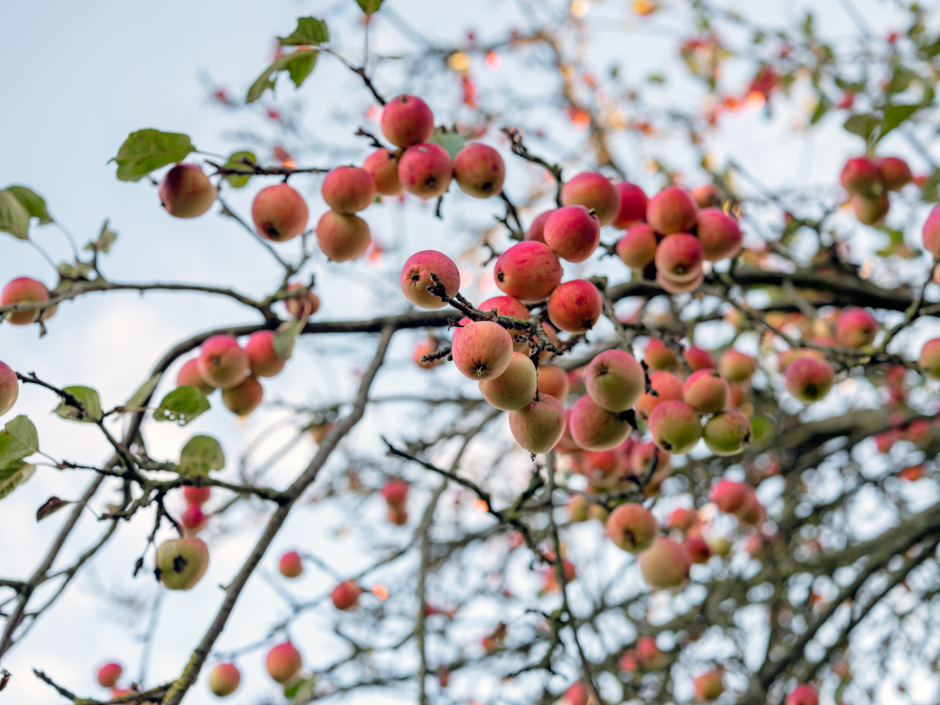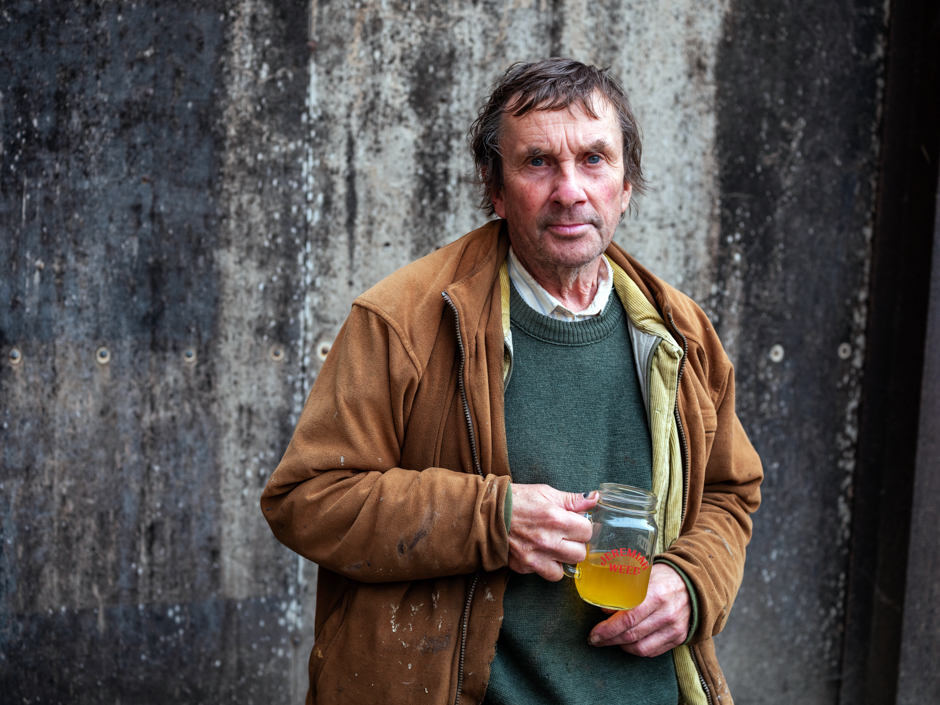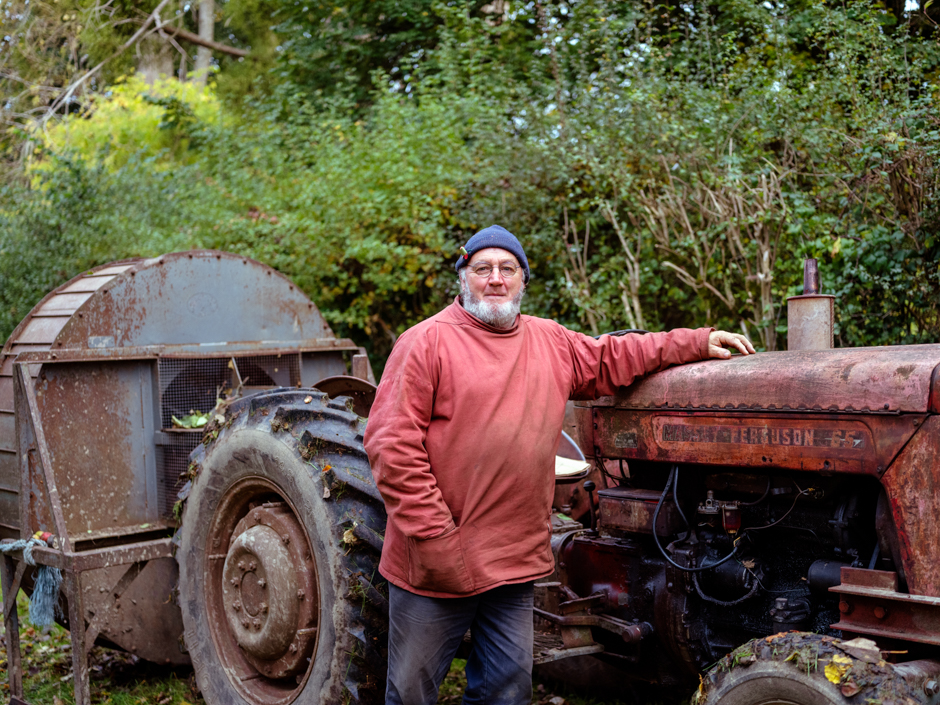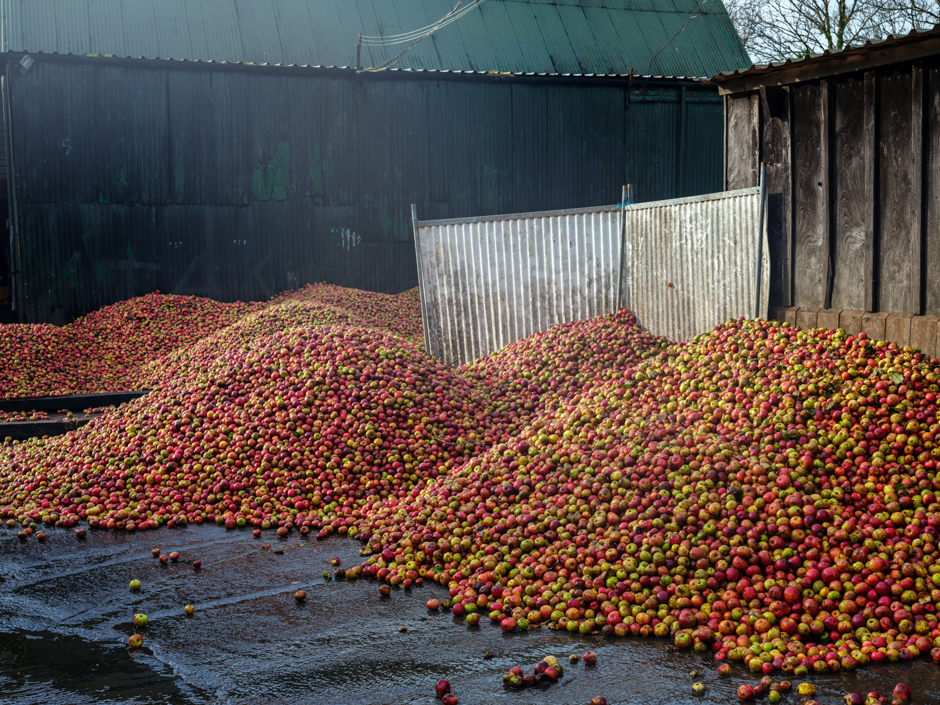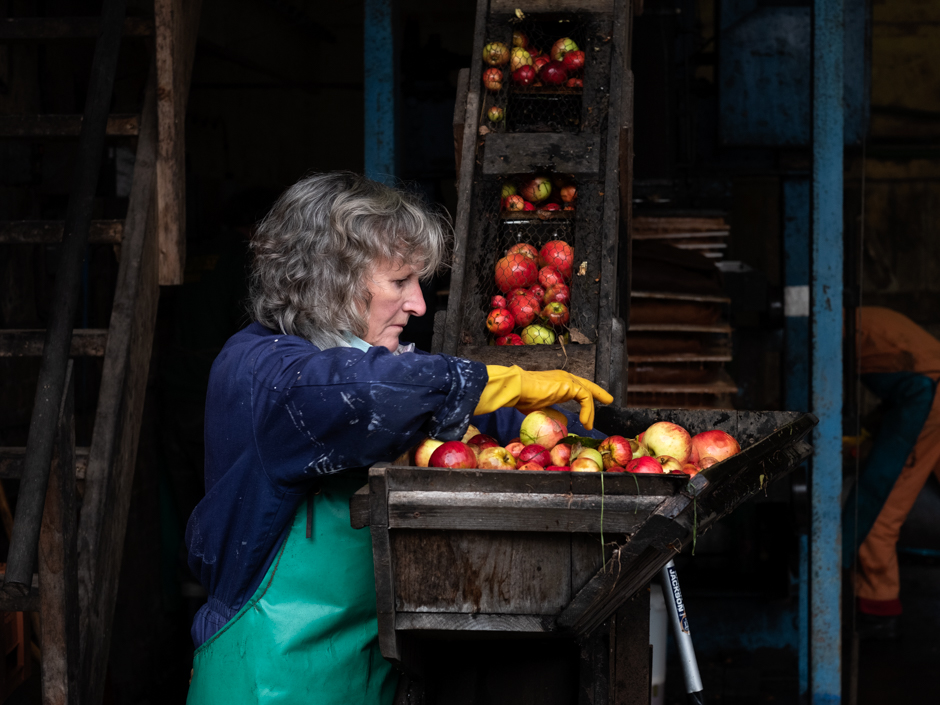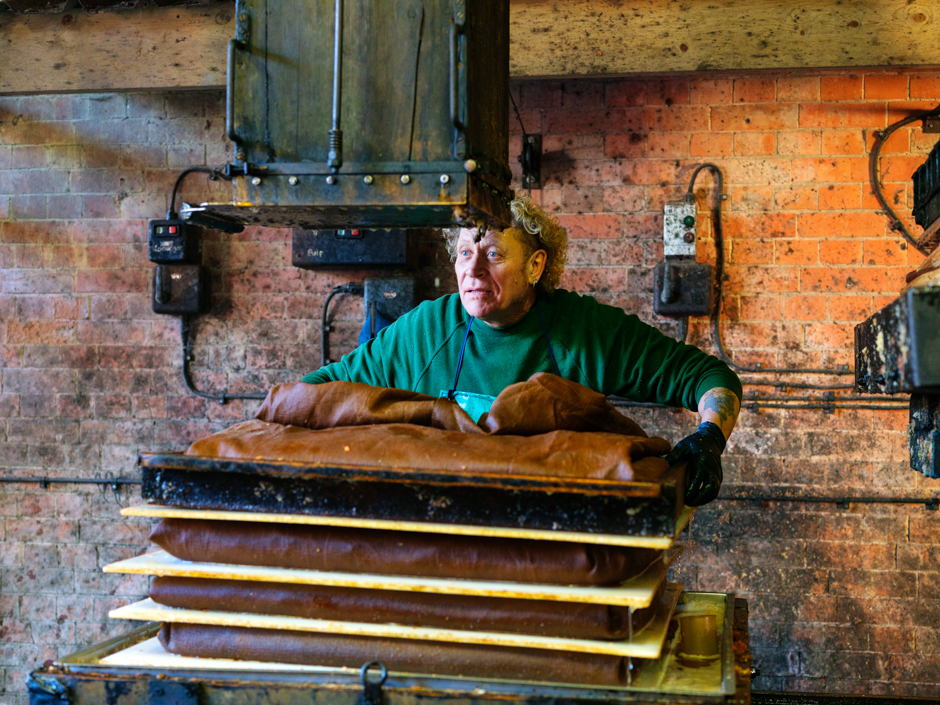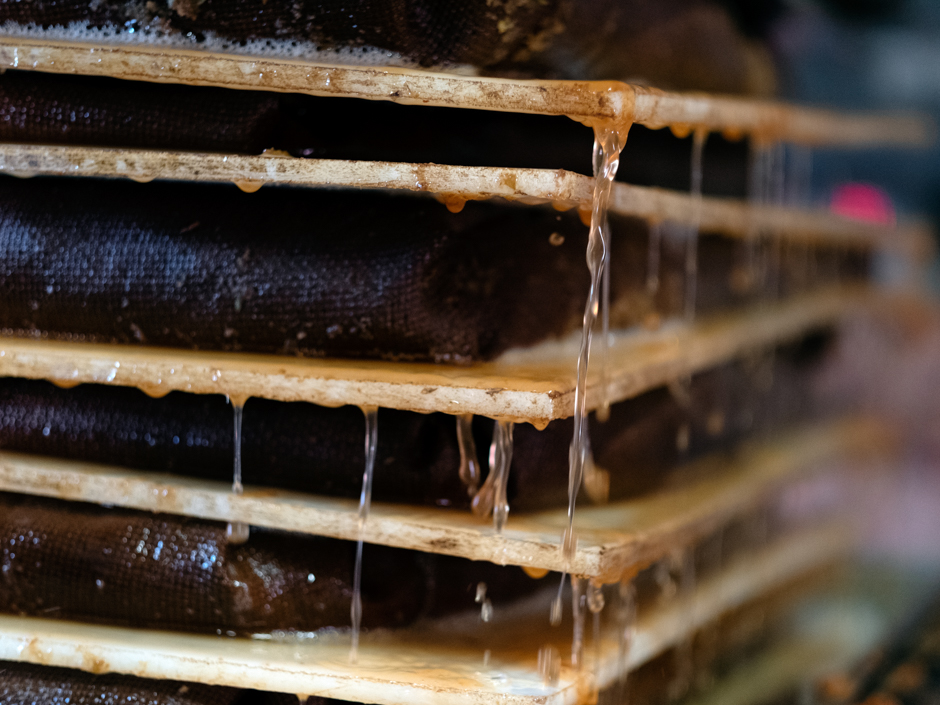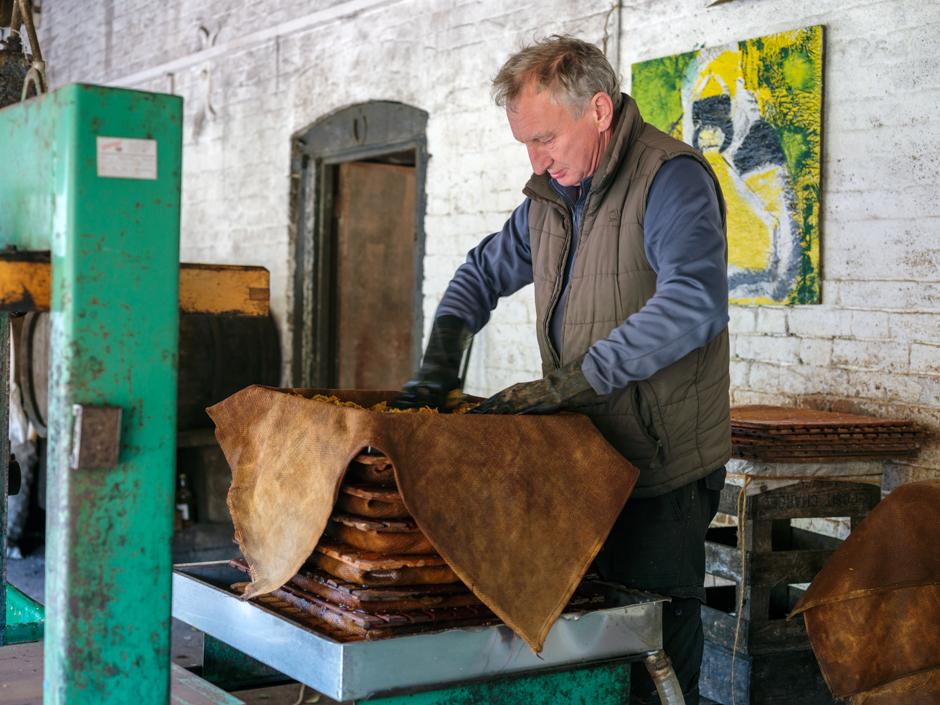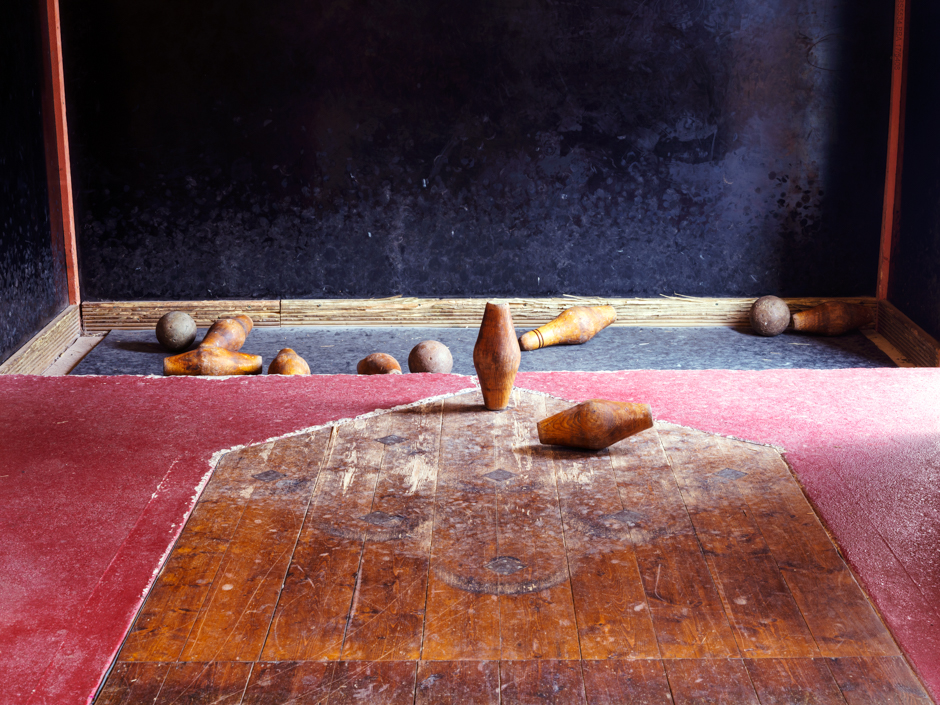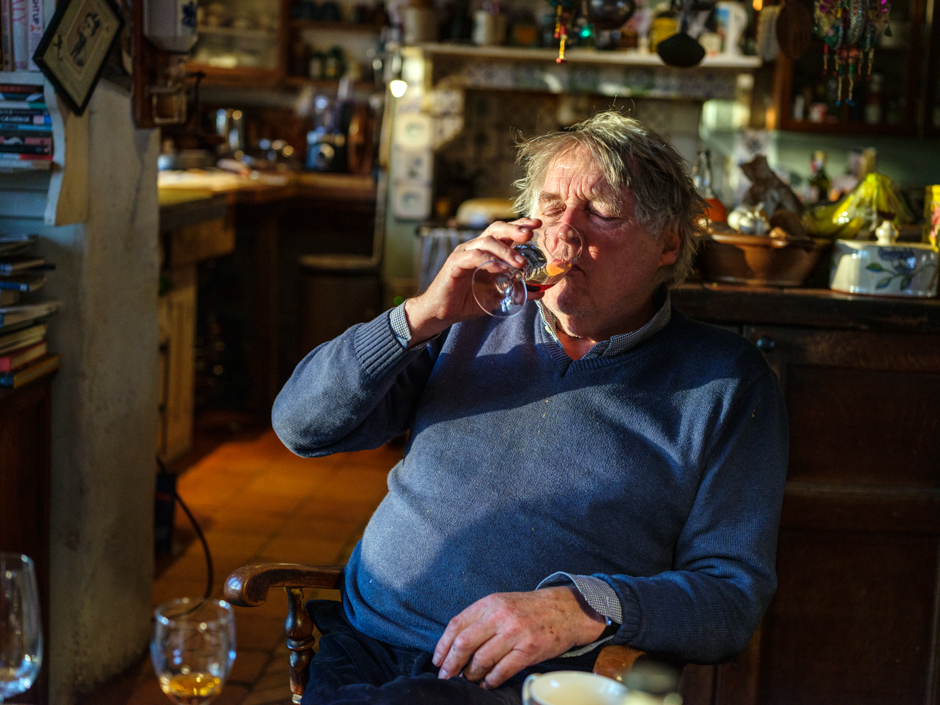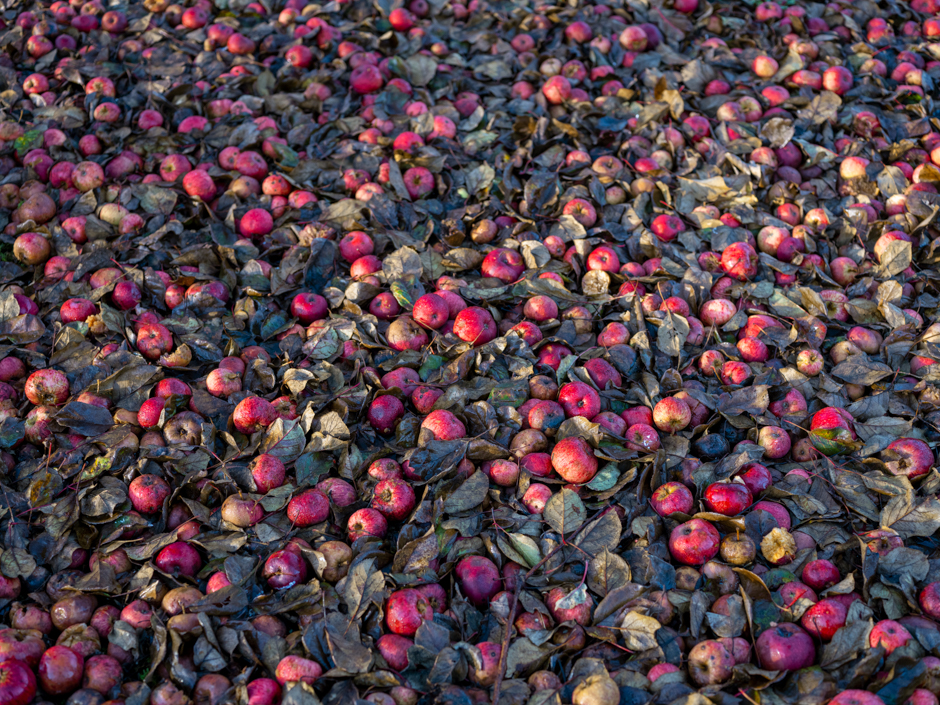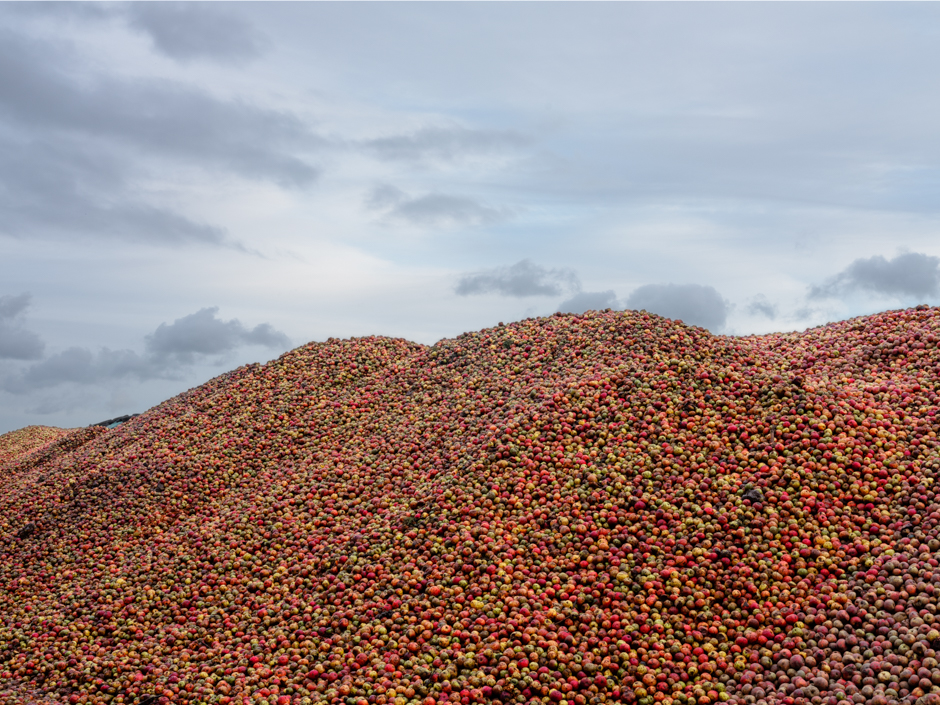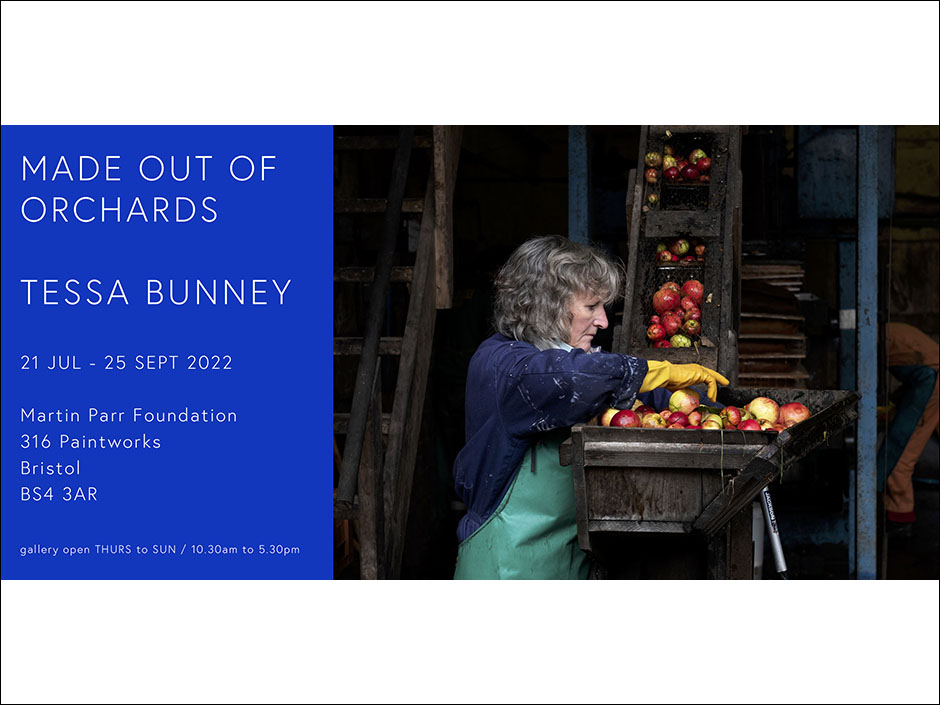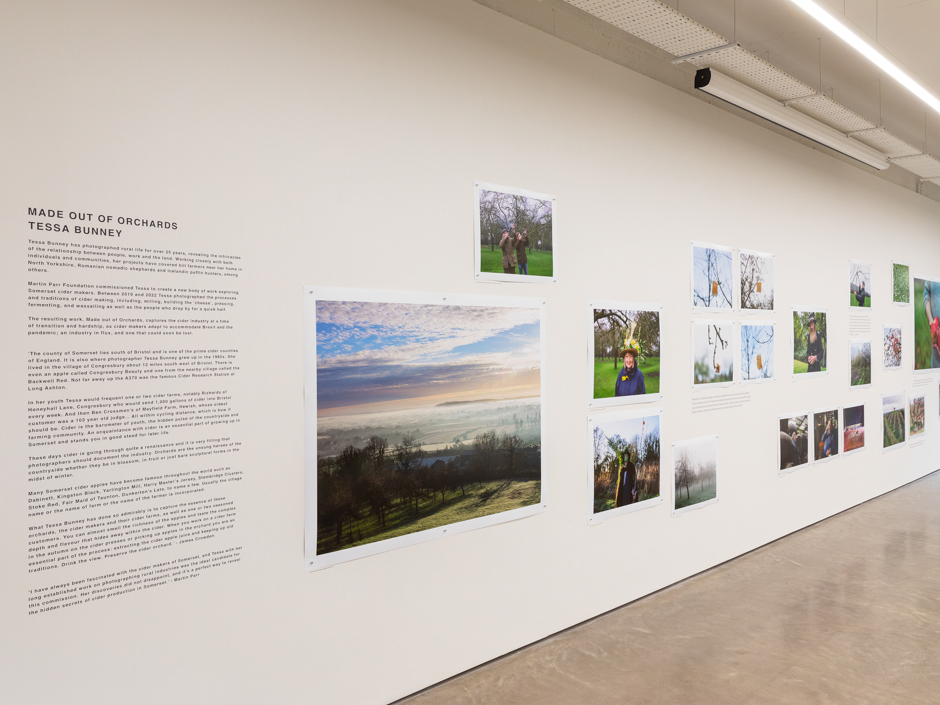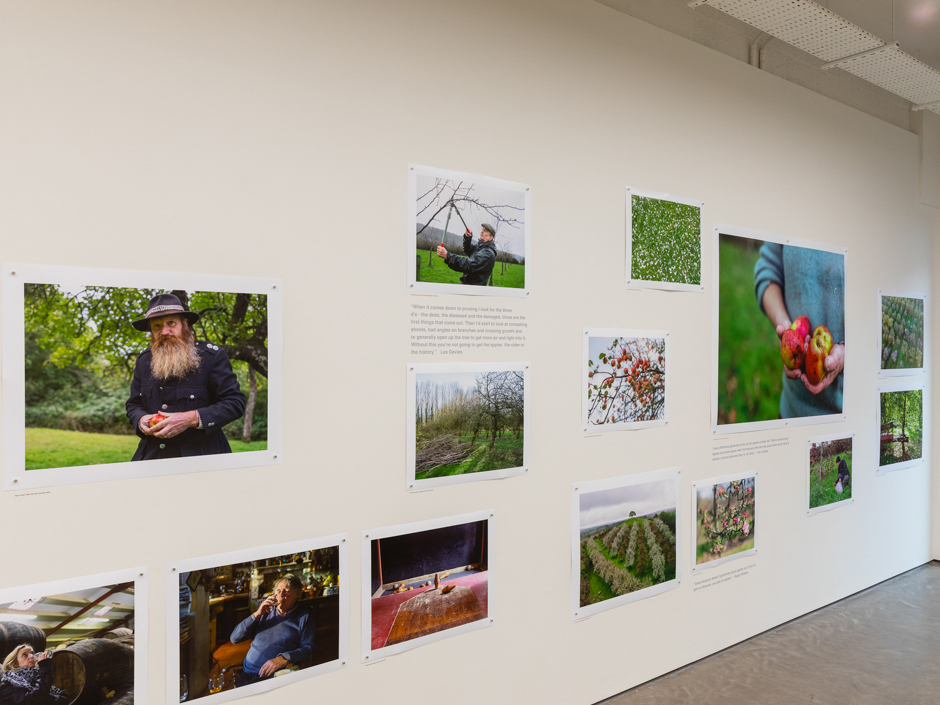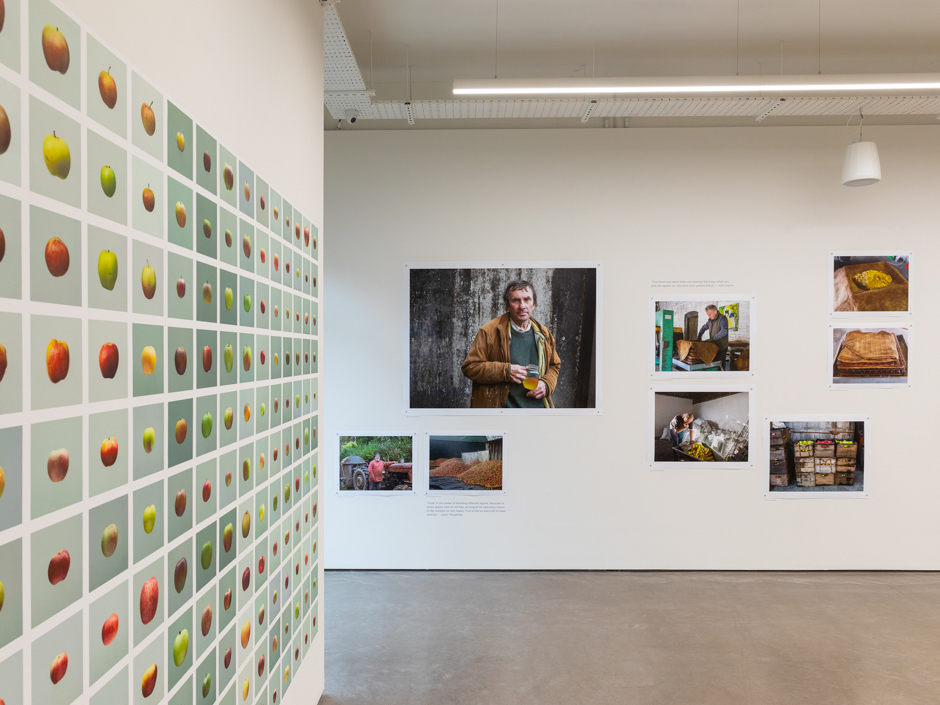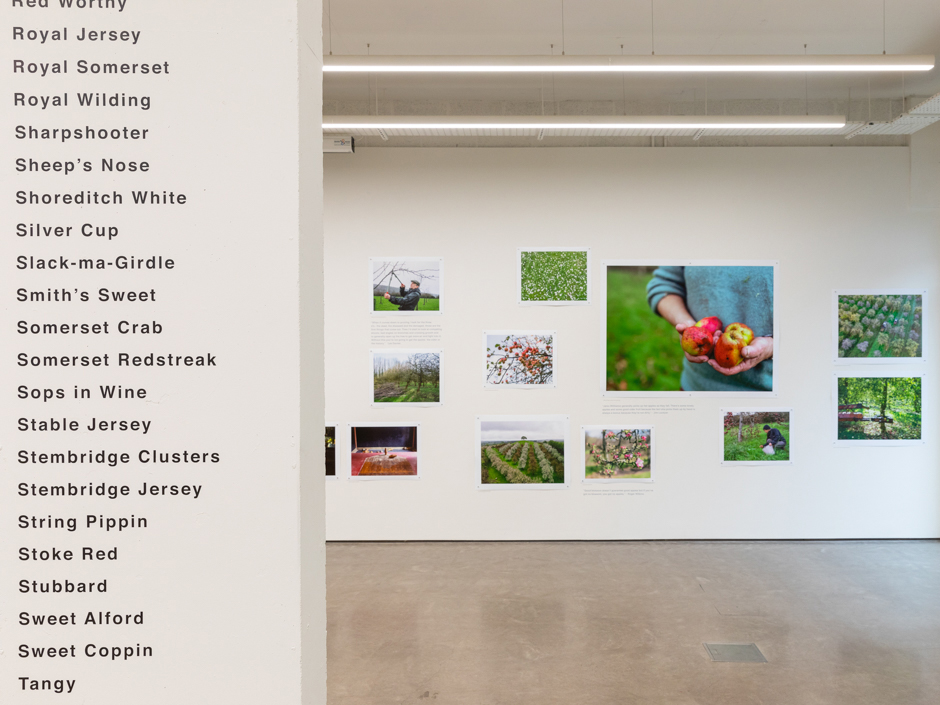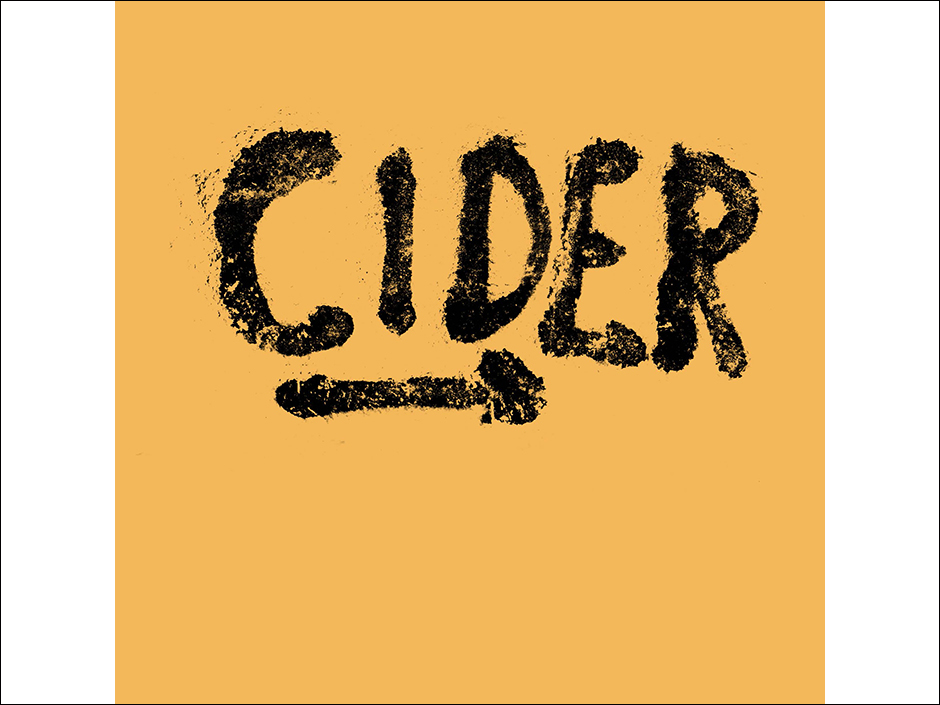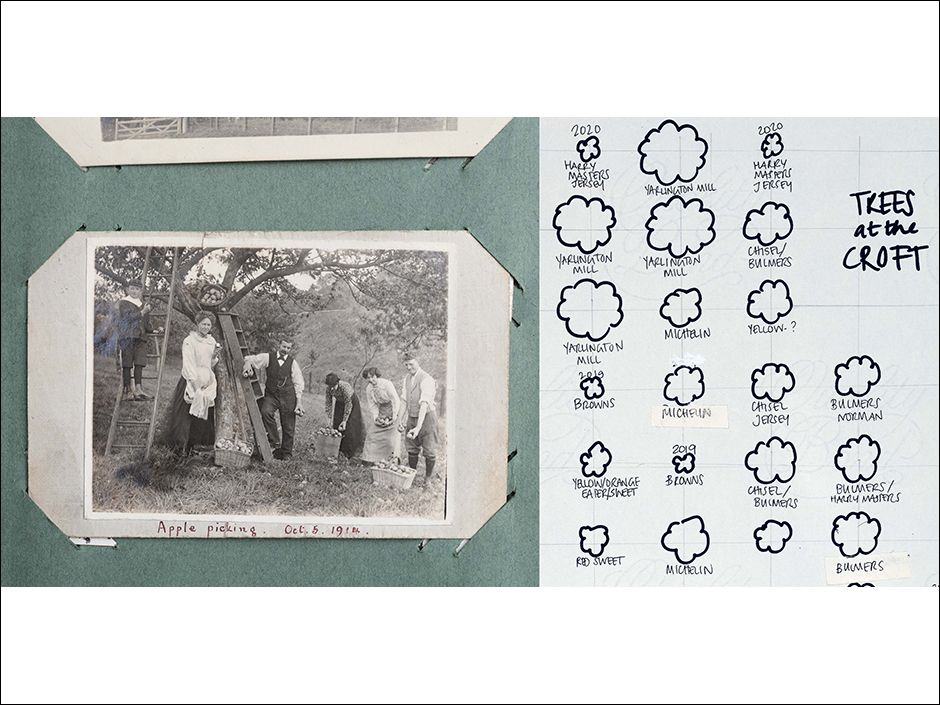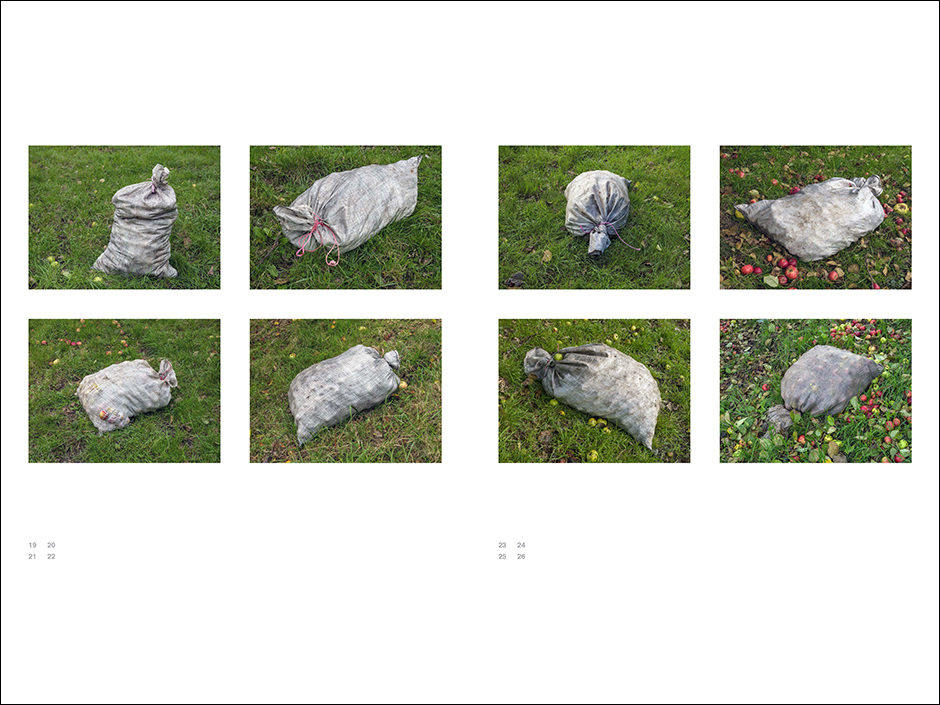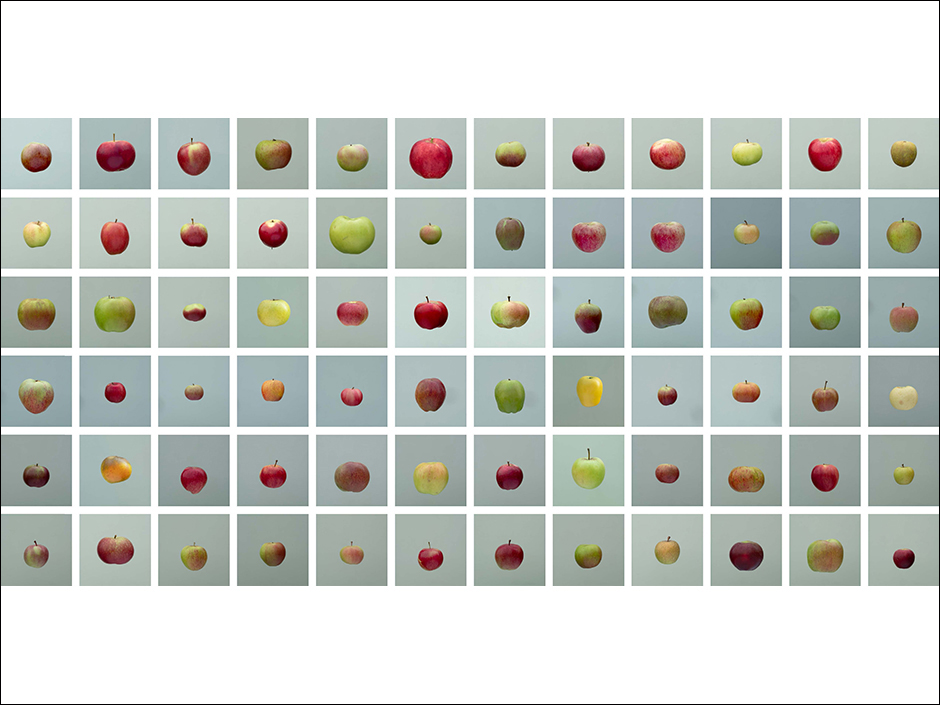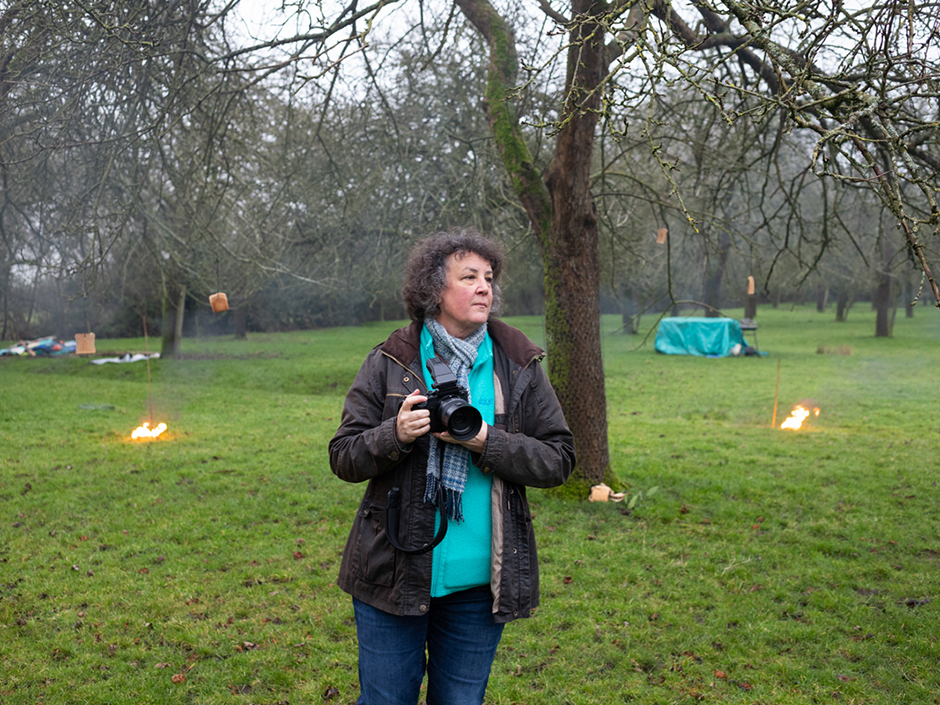MADE OUT OF ORCHARDS
In 2019, Martin Parr Foundation commissioned me to create ‘Made out of Orchards’, a new body of work exploring the cider industry today. I photographed from 2019 through to 2022 capturing the processes and traditions of cider making, including milling, building the ‘cheese’, pressing, fermenting and wassailing as well as the people who drop by for a quick half.
The resulting work captures the cider industry at a time of transition and hardship, as cider makers adapt to accommodate Brexit and the pandemic; an industry in flux, and one that may soon be lost.
*
‘The county of Somerset lies south of Bristol and is one of the prime cider counties of England. It is also where the photographer Tessa Bunney grew up in the 1980s. She lived in the village of Congresbury about 12 miles south west of Bristol. There is even an apple called Congresbury Beauty and one from the nearby village called the Backwell Red. Not far away up the A370 was the famous Cider Research Station at Long Ashton.
In her youth Tessa would frequent one or two cider farms, notably Richards of Honeyhall Lane, Congresbury who would send 1,000 gallons of cider into Bristol every week. And then Ben Crossman’s of Mayfield Farm, Hewish, whose oldest customer was a 103 year old judge… All within cycling distance, which is how it should be. Cider is the barometer of youth, the hidden pulse of the countryside and farming community. An acquaintance with cider is an essential part of growing up in Somerset and stands you in good stead for later life.
These days cider is going through quite a renaissance and it is very fitting that photographers should document the industry. Orchards are the unsung heroes of the countryside whether they be in blossom, in fruit or just bare sculptural forms in the midst of winter.
Many Somerset cider apples have become famous throughout the world such as Dabinett, Kingston Black, Yarlington Mill, Harry Master’s Jersey, Stembridge Clusters, Stoke Red, Fair Maid of Taunton, Dunkerton’s Late, to name a few. Usually the village name or the name of farm or the name of the farmer is incorporated.
What Tessa Bunney has done so admirably is to capture the essence of these orchards, the cider makers and their cider farms, as well as one or two seasoned customers. You can almost smell the richness of the apples and taste the complex depth and flavour that hides away within the cider. When you work on a cider farm in the autumn on the cider presses or picking up apples in the orchard you are an essential part of the process: extracting the cider apple juice and keeping up old traditions. Drink the view. Preserve the cider orchard.’
James Crowden, 2022
